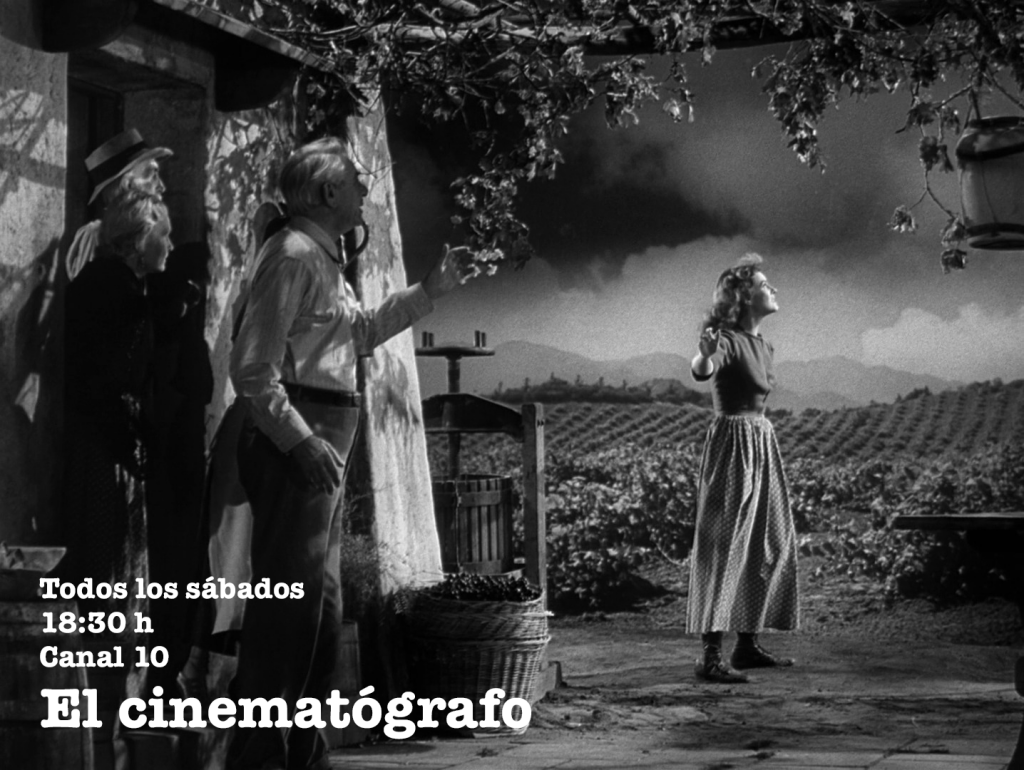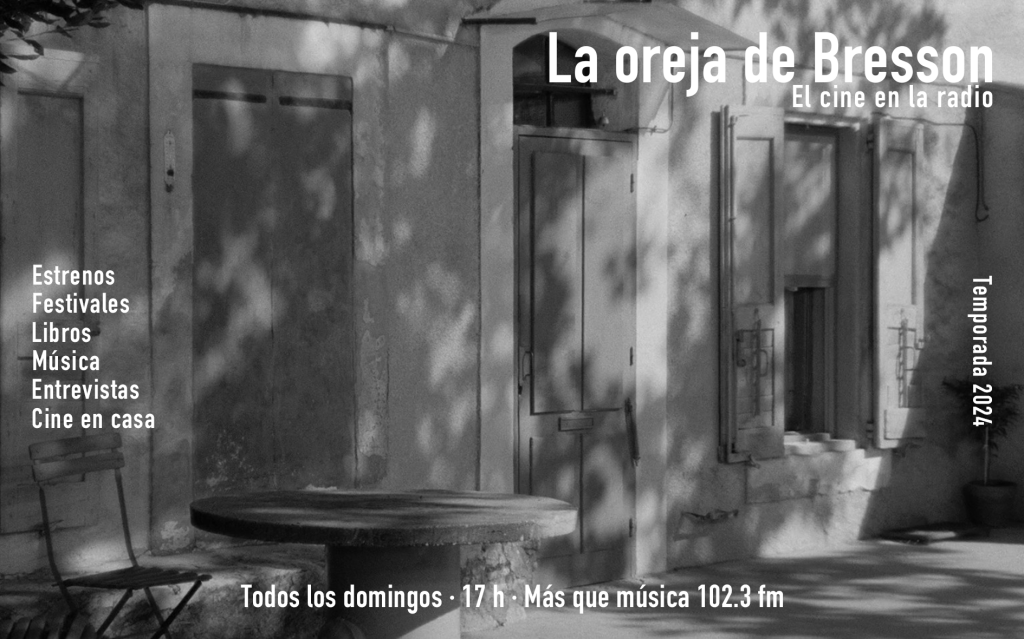
THE VISITORS: ON THE OTHER SIDE OF HOPE
An old-time way of thinking insists on being suspicious about foreigners. And those same people who share the tribal-like prejudice of identifying those who are different as a threat, barely stop to compare other than the price of a piece of merchandise made—or harvested—in one country or the other in relation to a jar of marmalade from Armenia, a piece of fruit from Ecuador, or a made-in-China toy. All these products can be bought in corresponding businesses in territories different to the one where they were produced. Globalization is selective. There are less requirements for a product to cross borders than for a man.
An extraordinary film, The Other Side of Hope is the second movie within a trilogy on migrants by Aki Kaurismäki, who in his beautiful and sad film Le Havre had already dealt with this new figure in global economy. In the latter feature, a kid arrived from Africa in a container; in the former, a man escapes from an unhospitable and ruined Syria. Khaled’s arrival to Helsinki is a paradigmatic example of the Finnish master’s film work—a couple of open shots showing some ships at the port before a precise close-up on the dirty face of a stowaway. The first we see of him are his eyes. It is necessary to learn how to see foreigners.
The reverse shot of hope is gloomy and painful. And Kaurismäki delivers thoroughly the meaning of that —the suspicion of the bureaucratic state apparatus towards the immigrant, his linguistic helplessness, economic poverty, and loneliness. All of it is shown—not said—in some passages which are forceful enough to make it clear there is a condemnation; but, also, with a precise form of lyricism which avoids sentimentalism and cheap tears and, rather, conveys respect for the pain of others. When a little dog approaches to greet Khaled, who rests with his back against the trunk of a tree, we can feel the totality of love there is in this world without falling into an emotional blackmail. This is an outstanding, unforgettable sequence.
However, we shouldn’t think the film is an unbearable drama. The great paradox of The Other Side of Hope is that it is, also, a happy movie. The relationship established between a restaurant owner, his employees, and Khaled outlines a secret form of resistance against the injustice of a perverse economic system. This utopic evocation stems from the possibility that some may recognize a subtle solidarity that goes beyond nationalistic emotions and allow themselves to move in a current of fraternity among men which pays allegiance to no flag.
The atmosphere in which this happens is charged, unreal and utopic, underpinned by the characteristic, and discreet, anti-naturalistic work of the actors, by the chromatic selection of indoor locations, by the deliberate anachronism of furniture and props; or, to say it in other terms, the staging alludes to a dissociation between what actually happens today, and that which could happen.
There won’t be a more beautiful and political film this year. Kaurismäki’s dry and lucid humanism gives new life to a heartfelt tradition—now forgotten—which had its prophet in Chaplin. In face of generalized cynicism, this film is sheer medicine for all men of good will.
Roger Koza / Copyleft 2017






Últimos Comentarios